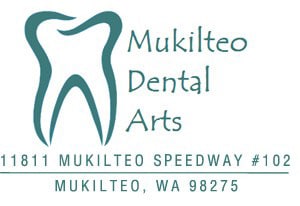
The Two Gum Tissue Types
The two types are thick/flat and thin/scalloped. Each has its respective pros and cons.
Thick/flat
People with thick/flat gums have flatter teeth. The part where the top of the teeth and gums meet create a flat surface, giving teeth a square-shaped appearance.
People with a thick gum type are more susceptible to gum pocket formation, which creates an opening for bacteria. Left untreated, gum pockets can lead to jawbone loss.
Thin/Scalloped
With thin/scalloped gums, the top of the teeth appears more rounded or arched. This creates a pointy or triangular appearance at the point where the gums come in between each tooth. People with thin gums are more prone to gum recession since the gums are thin to begin with.
Demographic Breakdown
Your gum tissue type is solely a factor of genetics. The dental industry has also identified trends across racial demographics. Caucasians and Blacks tend to have flatter gum tissue, while Asians tend to have thin gums. Since gum shape is inherited, immediate family members tend to share the same gum type.
With this knowledge, dentists know what dental problems you may be more prone to have by identifying your gum type.
Regardless of your gum tissue shape and formation, you adhering to all basic dental hygiene care is necessary.
We Treat all Gum Tissue Types
Your gum type may affect your ability to sustain certain oral surgeries and endodontic care. Regardless of type, never eschew regular dental checkups. Call Mukilteo Dental Arts to schedule an exam for the family. Our dentists account for gum tissue type when treating each patient.
Dental Checkups for Gum Health
General family dentistry for Mukilteo, Everett, Lynnwood, Edmonds & Mill Creek
